Showing all 8 results
-
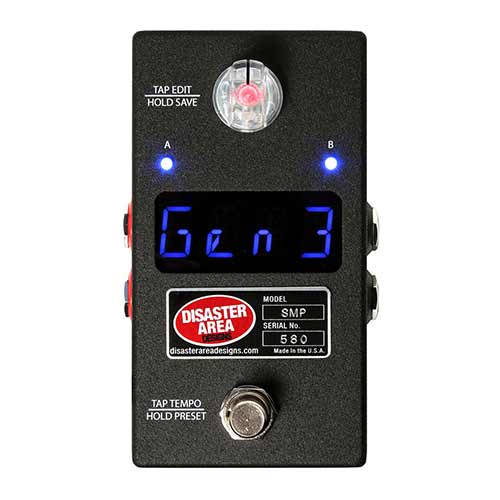
Disaster Area SMARTClock Gen3
€ 219 Add to cart -
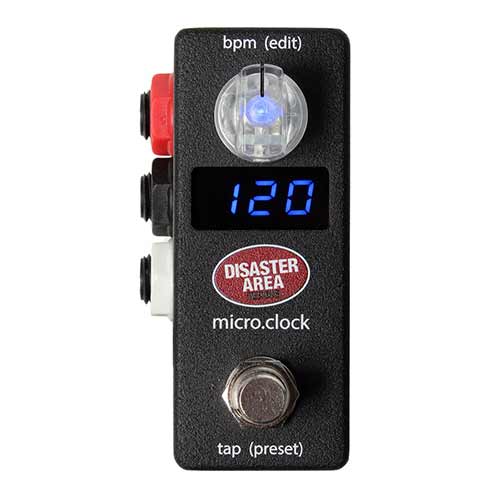
Disaster Area Micro Clock
€ 155 Add to cart -
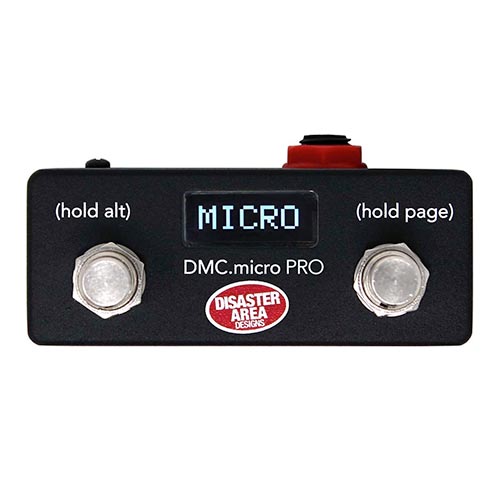
Disaster Area DMC.micro Pro
€ 179 Add to cart -
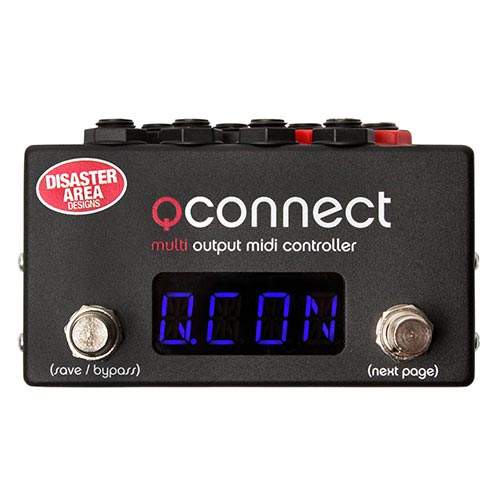
Disaster Area qCONNECT
€ 239 Add to cart -
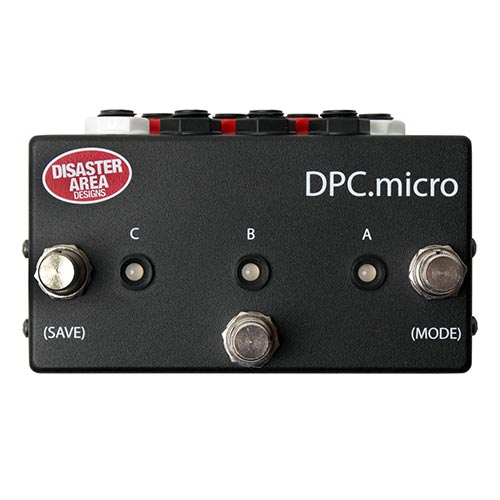
Disaster Area DPC.micro
€ 219 Select options -
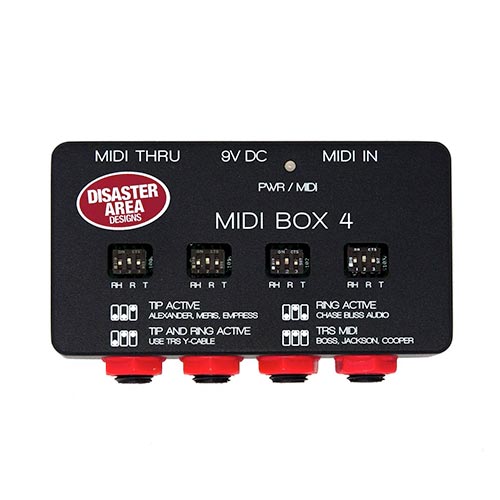
Disaster Area Midi Box 4
€ 95 Add to cart -
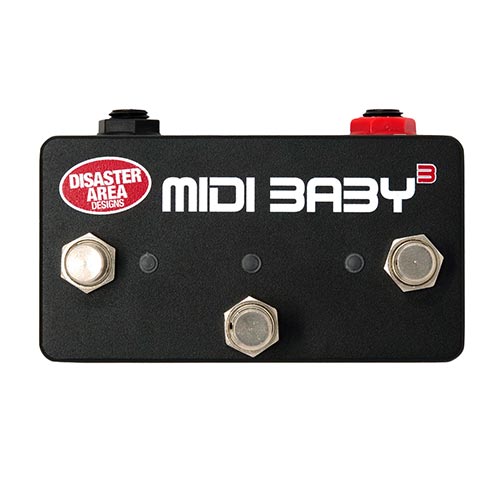
Disaster Area Midi Baby 3
€ 159 Add to cart -
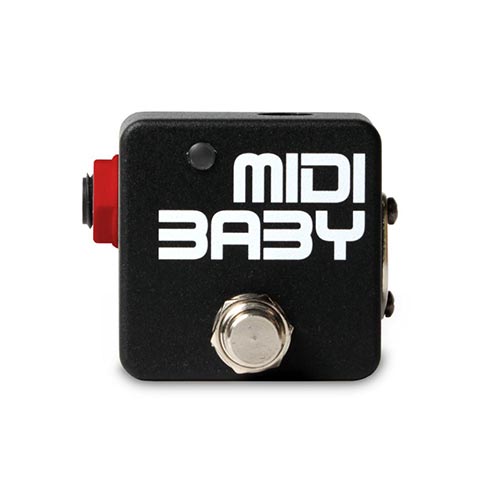
Disaster Area Midi Baby
€ 119 Add to cart
Showing all 8 results
Other pedals
There is a wide variety of effect pedals, in addition to the usual overdrives, distortions and delays, there are also pedals for specific tasks and pedals with an unusual effect. We have categorized these pedals under other.
Midi controller
First of all, there are pedals that allow you to operate other pedals. The effect pedal you want to control must have a MIDI connection. With a MIDI controller you can control presets from another pedal and switch between different sounds much easier and faster. This is especially useful if you play a lot live and need quick access to your effects. MIDI controllers come in all shapes and sizes and you can get one from about 60 euros.
Loop switcher
A handy addition to the MIDI controller is a loop switcher. A loop switcher is nothing but a collection of inputs and outputs – or rather send and returns – that you use to connect the input and output of your effects pedals. This creates different ‘loops’ that you can then control with a MIDI. For a loop switcher it is not necessary that the connected pedals also have MIDI. This allows you to operate effect pedals with a controller without them having MIDI.
Speaker Simulator
Another popular category of pedals is the speaker simulator. These are effects that you can use as a speaker and microphone and replace your real speaker and microphone. Some speaker simulators can be connected directly to your amplifier (loadbox) and make your speaker sound much less loud or even not at all. This is especially useful in situations where you need to play at a low level.
